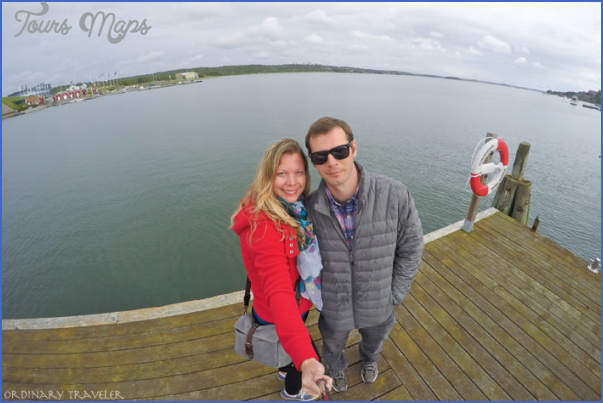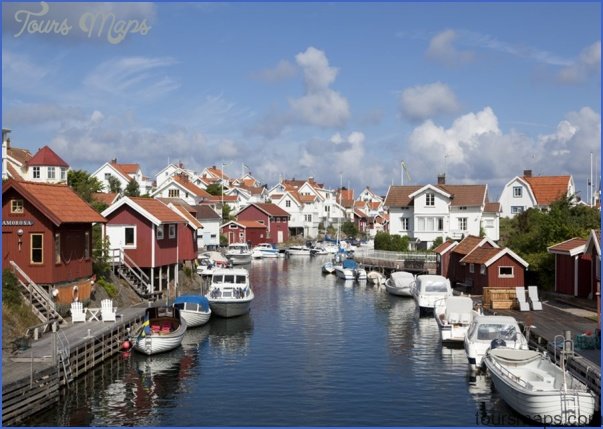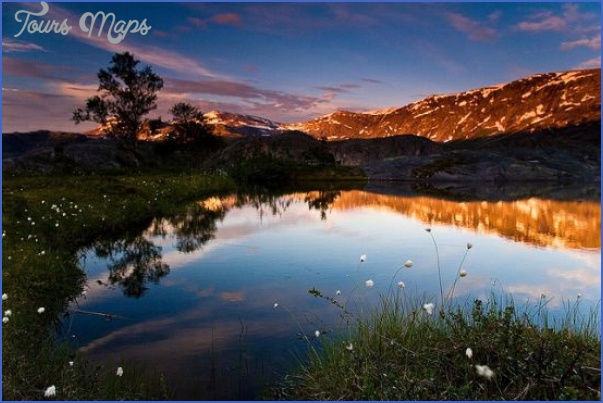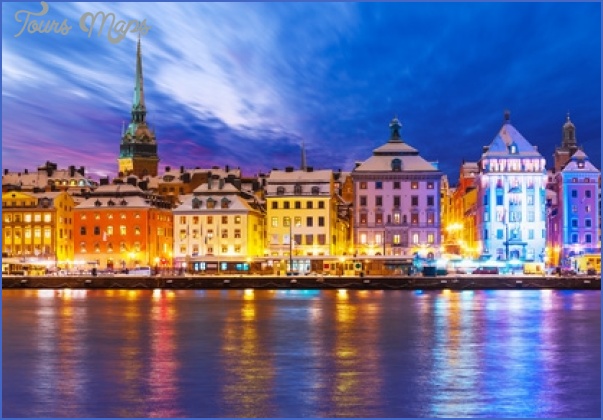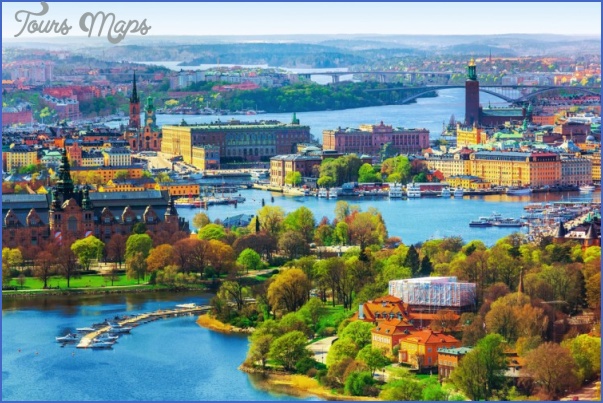In ICELAND there was a great flowering of this northern Germanic art. Notable examples are found on the carved doorways ofthe stave churches, like the one from Valthjofstad (11 th-12th c.) in the Reykjavik Museum.
Until the beginning ofthe Christian period in Scandinavia, however, there is little artistic progress to record. The adoption of Christianity (c. 1000) marked the terminal point of Viking art, and the stone churches which were now built displayed the power of the new faith. These churches, the best preserved monuments of the Romanesque period, were originally simple buildings in limestone, later in granite. The finest aisled basilicas with two west towers influenced by the cathedrals of the Rhineland are the cathedrals of Lund (now in Sweden but architecturally belonging to Denmark), Viborg and Ribe (both in Denmark). Viborg Cathedral, however, was so heavily restored in the 1 9th c. that it can rank only as a modern copy of the style. The village churches were influenced by the great cathedrals, as can be seen for example in the churches of Tveje Merlose (with beehive-shaped spires on its towers) and Fjenneslev (c. 1140). The Swedish churches of the 1 2th and 1 3th c. are usually simpler. There are also a number of round churches, particularly on Gotland (Church ofthe Holy Ghost and St Lars’ Church in Visby, both of about 1260) and hall churches influenced by
Borgund stave church (southwest Sweden) those of Westphalia. Another notable church is that of Varnhem (c. 1200).
The STAVE CHURCHES, found mainly in Norway, are timber-built structures on a framework of vertical posts which show the influence of shipbuilding techniques. They are not merely an imitation of masonry construction in wood but a deliberately developed architectural form, with a large internal space which may derive from the old royal hall of the Scandinavian kings. The gables with their dragons’ heads recall the prows of the Viking ships. Some 30 stave churches have survived in Norway: see the entry Stave churches in this Guide.
Brick building came in about 1160. Tradition has it that the Dannevirke, the defensive wall built by Valdemar the Great, was the first purely brick structure in Scandinavia. Roskilde Cathedral (begun about 1160), the burial-place of the Danish kings, was completed in the Gothic style, now following French and Spanish ratherthan German models. After the great burst of building activity in the 12th c. there is relatively little in the way of Gothic architecture in Denmark. Mention should be made of the Cistercian church of Soro (11 61 81) and the Church of Our Lady at Kalundborg, with its five towers and central plan. The influence of the brick-built Gothic churches of northern Germany can be seen in St Peter’s (c. 1400) in Malmo, St Mary’s and St Olaf’s in Helsingor, St Knud’s (1301) in Odense, with its elegant interior, Arhus Cathedral and St Peter’s in Naestved (completed about 1 370).
Only a very few secular buildings of this period have been preserved; these include the Goose Tower at Vordingborg (c. 1350), a remnant of an imposing fortress built by Valdemar Atterdag, and the little castle of Gjorslev (Zealand), on a Greek cross plan.
Visit to Sweden Photo Gallery
Maybe You Like Them Too
- The Best Cities To Visit in The World
- World’s 10 Best Places To Visit
- Coolest Countries in the World to Visit
- Travel to Santorini, Greece
- Map of Barbados – Holiday in Barbados







